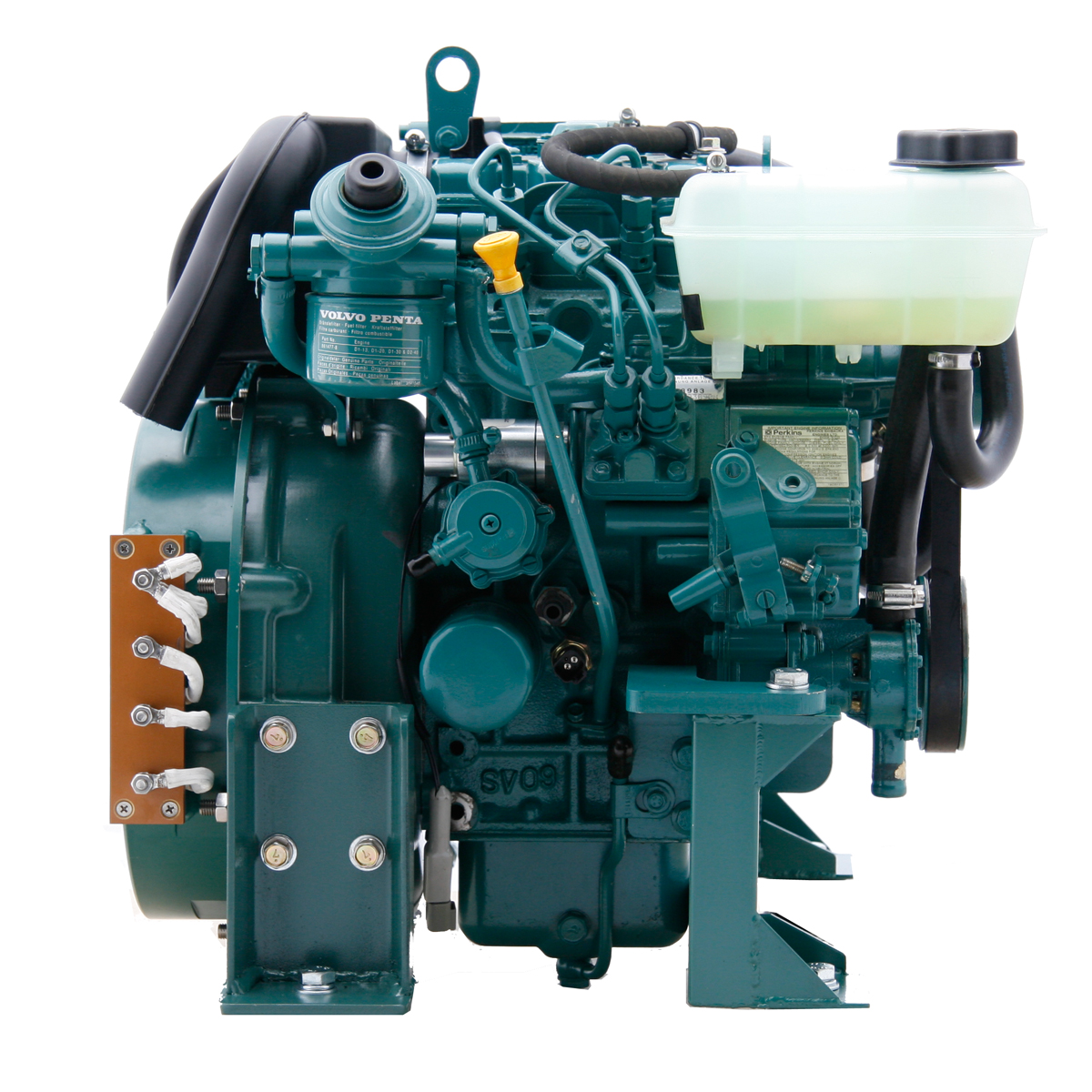Searched long and hard for an alternator which control constant current output, wakespeed was the only option found though lots control voltage. AR5 doesn´t seem to do current control. If there´s a $100 option to have control over the alternator output I´d order today - any links? Couldn´t find any unfortunately. Voltage control much easier but doesn´t really help limiting the output to a sustainable level.You can buy an externally regulated alternator for about $100 or have yours converted, and the balmar ars-5 regulator is ~ $270. A few more dollars for the temp sensor for the alternator. That isn't ideal, but would be better IMHO than other options discussed here.
Bearing in mind these are all just yet more options which aren´t needed but might be useful. If a good few hours under engine are likely then it woukd be simple to run the Bat to bat for a few hours before and bleed off some power from the trojans to the lifepo4 so the trojans get recharged when motoring. Or try the alternator with LiFePo4 with a fan or 2 and mid revs in the anchorage, not keen on that but if you don´t try, you don´t know. Don´t think the fan belt would be too pleased either but dumping a load of power quick anchored up when no sun for a week might be a handy option to have.
Last edited:



